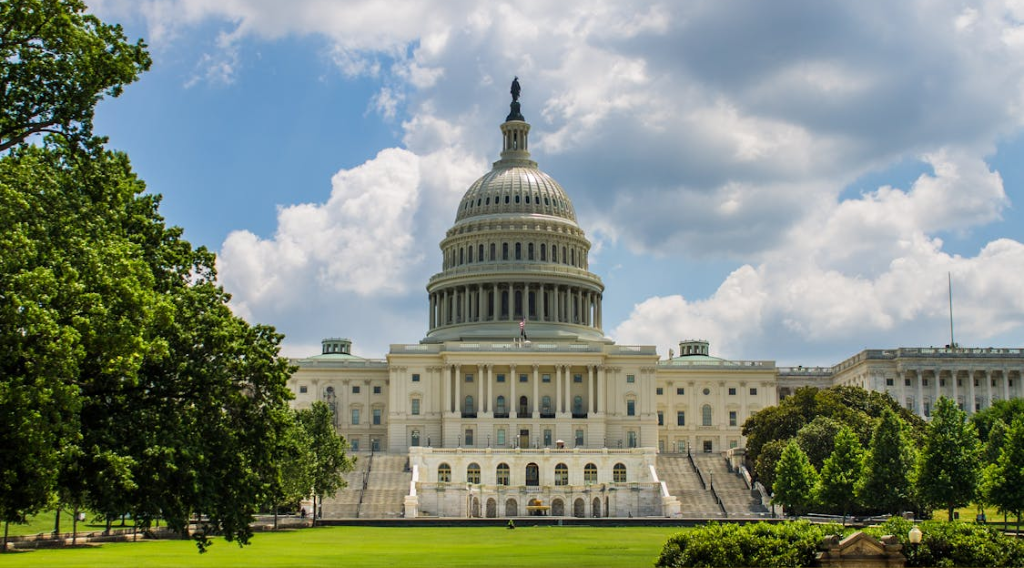 As part of the recent budget bill, Congress passed legislation to expand and reform a key tax credit called 45Q for deployment of carbon capture and storage projects in the United States.
As part of the recent budget bill, Congress passed legislation to expand and reform a key tax credit called 45Q for deployment of carbon capture and storage projects in the United States.
The legislation, introduced in 2017 as the FUTURE Act, received broad bipartisan support in Congress, from governors and other state leaders, and a diverse coalition of industry, labor, and environmental supporters.
Since the passage of the landmark FUTURE Act, there is a growing recognition of the importance of the changes to the tax credit, and many news articles and online discussions have addressed its implications.
While many have focused on the increased value and expansion of the tax credit, the FUTURE Act is also significant because of the major reforms it makes to 45Q.
Here are some of the key things to know about the 45Q tax credit as amended in the FUTURE Act:
1. The credit is performance-based.
Only carbon capture projects that meet eligibility requirements and then safely and permanently store the carbon dioxide (CO2) in geologic formations according to federally-established requirements, or that put it to beneficial use in products, can claim the credit. While companies may sell the captured CO2 as a commodity for beneficial use, they can only claim the credit if requirements for carbon storage or reduction are met. This means that no tax dollars can flow to a project that fails to store or beneficially utilize the captured CO2 in a manner that meets the carbon storage or reduction requirements.
For projects that sell CO2 for beneficial use and storage in enhanced oil and gas recovery, they can only claim the credit for the amount of captured CO2 that is stored. For all other beneficial uses eligible for the credit, such as CO2 conversion to products like cement, plastics, or chemicals, or utilizing CO2 to grow algae to produce biofuels, the projects must result in a net reduction in emissions on a lifecycle basis.
The kinds of projects eligible are those that capture carbon from electric power plants or industrial facilities or directly from the atmosphere.
2. More industries are now eligible to claim the credit.
The legislation significantly expands the industries that can use and benefit from the tax credit. A reduction in the eligibility threshold for industrial facilities from 500,000 metric tons of carbon captured per year to 100,000 metric tons enables participation by a wider array of industries, notably ethanol and fertilizer production.
In addition, by awarding the tax credit to the owner of the carbon capture equipment, the new legislation makes 45Q much more flexible for use by companies with different business models, such as cooperatives, municipal utilities, and other entities that otherwise find it challenging to monetize tax credits.
Finally, the amendment expands eligibility to projects that use direct air capture technology to capture CO2 from the atmosphere and to projects that put captured CO2 to a range of beneficial uses while reducing emissions, as described above. Before the FUTURE Act, the only beneficial use allowed under 45Q was the utilization of CO2 for enhanced oil and gas recovery coupled with geologic storage. Projects that capture carbon monoxide are also now eligible, in addition to projects that capture CO2.
3. An entire value chain of projects, technologies, and infrastructure can be catalyzed by the credit through innovation, investment, and cost reductions.
The changes to the credit are expected to increase investment in carbon capture projects by providing certainty for investors that the credit will be available once projects begin operations. This was accomplished by setting clear timelines for eligibility and by removing the cap on credits. Before the FUTURE Act, the 45Q program was capped at 75 million tons. Project developers and their investors could not depend on the incentive because carbon capture projects have long lead times to develop, finance, and construct, and the credits were due to run out before such projects could be placed in service.
This increased financial certainty should catalyze investment in projects by helping to close the remaining cost barrier to deployment of carbon capture technology; reducing the commercial risk for early adopters and driving down costs over time through innovation as more and more experience is gained through the development, financing, construction, and operation of carbon capture projects.
By incentivizing the commercial deployment of carbon capture at power plants and industrial facilities around the country, the revamped 45Q tax credit will also spur private investment in pipeline infrastructure to meet the need to transport captured CO2 from where it is produced to locations suitable for geologic storage.
Changes supported by broad coalition and bipartisan leaders at the state and federal level
The changes in 45Q were supported and championed by an unprecedented coalition of energy, industrial, and technology companies; labor unions; and energy and environmental policy organizations. The coalition, which is called the Carbon Capture Coalition, supports the deployment and adoption of carbon capture technology with a mission to foster domestic energy production, support jobs, and reduce emissions all at the same time. The Great Plains Institute and the Center for Climate and Energy Solutions co-convene the Carbon Capture Coalition.
The result of six years of work on this legislation, the Carbon Capture Coalition’s efforts garnered backing from lead U.S. Senate sponsors Heidi Heitkamp (D-ND), Shelley Moore Capito (R-WV), Sheldon Whitehouse (D-RI), and John Barrasso (R-WY), and House sponsor Congressman Mike Conaway (R-TX). Supporters also included the governors of Kansas, Montana, North Dakota, Oklahoma, Pennsylvania, and Wyoming who co-signed a letter to Congress urging action.
For a more in-depth discussion of the specific improvements that were made to 45Q, view our comparison of the amended 45Q and the original version.



